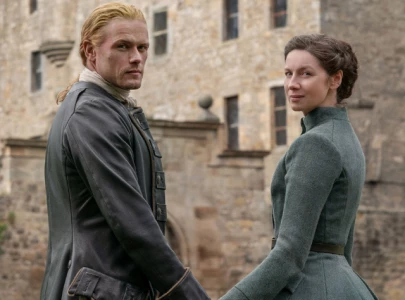
The project, which is an analysis of European paintings of meals from the 16th century, revealed that meat and bread were among the most commonly depicted foods in the paintings.
“Crazy meals involving less healthy foods aren’t a modern craving,” said lead author Brian Wansink, who is also the director of US-based research firm Cornell Food and Brand Lab. “Our love affair with visually appealing, decadent or status foods is nothing new,” explained Andrew Weislogel from Cornell University. “It was already well-established 500 years ago.”
Further, these paintings often featured food that was indulgent, aspirational or aesthetically pleasing. “Paintings from what is sometimes called the Renaissance were loaded with the foods that modern diets warn us about: salt, sausages, bread and more bread,” Wansink added.
For the study, the team focused on 140 paintings of family meals from the past 500 years. Of the 36 Renaissance paintings, 86% depicted bread and 61% depicted meat, while only 22% showed vegetables.
Ironically, the most commonly painted foods were not the most readily available of the time. For example, the most commonly painted vegetable was the artichoke, the most commonly painted fruit was the lemon and the most commonly painted meat was shellfish, usually lobster, the researchers said. The results were published in the journal, Sage Open.
Published in The Express Tribune, August 1st, 2016.
Like Life & Style on Facebook, follow @ETLifeandStyle on Twitter for the latest in fashion, gossip and entertainment.









1737159426-0/Komal-(1)1737159426-0-270x192.webp)



1732012115-0/Untitled-design-(14)1732012115-0-270x192.webp)









COMMENTS
Comments are moderated and generally will be posted if they are on-topic and not abusive.
For more information, please see our Comments FAQ